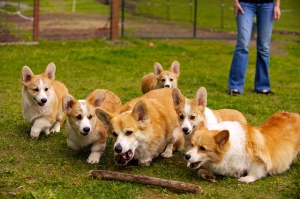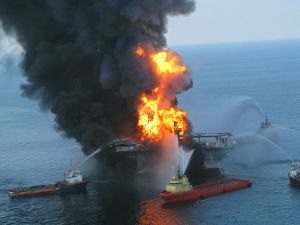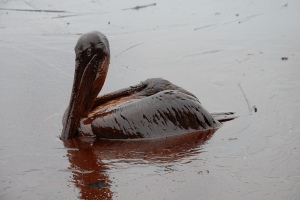Who’d Have Thunk It? 31.07.14

We begin this edition with a question which has plagued mankind for decades: How high can you build a Lego tower? At the behest of the BBC (good to see licence-fee-payers’ money put to good use!), engineers from the Open University have conducted tests to work it out. By placing 2×2 bricks in a metal ram, they found each one can withstand a compressive force of over a third of a tonne before becoming squashed into a pile of plastic ‘Camembert’. They calculated that theoretically the tower could reach up to 3,591m (about 11 Eiffel towers), although they say that in reality it would probably just buckle and fall sideways way before this, because it would be almost impossible to build completely straight.
From down-to-Earth bricks to extraterrestrial boulders: A team of astrophysicists reckons it has solved the mystery of why asteroids seem to have loads of large boulders on their surfaces – using a bag of mixed nuts. The ‘Brazil Nut Effect‘ works on the principle that if you shake a mixed bag of nuts, the smaller ones can maneuver through the spaces to the bottom, leaving the larger ones on top. They reckon a similar thing is happening on asteroids with rocks of different sizes.
The Deepwater Horizon disaster of 2010 was described as ‘the worst environmental disaster the world has ever faced’ by Barack Obama no less, but the oil slick hasn’t just affected photogenic creatures such as pelicans and turtles – bacteria that live in beach sand also appear to have been affected. A study by US scientists found that some species of bacteria (including some which can cause illness in humans) have been partially replaced by those that can (quite usefully) break down hydrocarbons. They reckon this could be due to the clean up operation as well as the slick itself. [See full TSiC article HERE].
While the unfortunate residents of the Gulf Coast are acutely aware of mankind’s impact on the environment, it appears that people who live close to the sea are more likely to believe that climate change is real. A study in New Zealand surveyed nearly 6,000 people and found a link between belief in climate change and distance to the coast, after accounting for factors such as wealth and conservative views. They reckon that by living near the coast, people would be less removed from the issue and the perceived effects of climate change would ‘become more concrete and local’.
From changing climates to changing clothes: scientists have also tried to tackle the world of fashion in a delightful paper entitled ‘The Science of Style‘. US researchers surveyed almost 250 people, asking them to score how ‘fashionable, good and liked’ various combinations of colours were in both men’s and women’s clothing. The conclusion? Combinations which either clash or are too similar are bad – the ideal colour sets are ones which ‘match moderately’. So now we finally know which clothes to wear under our labcoats. Thanks science!

And finally, while designer clothes might illicit envy in humans, it looks like we’re not the only species that can experience visits from the green-eyed monster: Dogs can apparently show ‘jealous behaviour’ too. Dogs whose owners were instructed by (rather heartless) researchers to show affection to a stuffed-toy dog in front of them were observed to ‘snap’, ‘whine’ and ‘push or touch’ their owners more often than if the owners’ attention was directed towards a ‘nonsocial object’ such as a book. Perhaps this shouldn’t be such a surprise – after all, some humans probably snap and whine when they get jealous too.
Read more Who’d Have Thunk It? Articles HERE
All images are open-source/Creative Commons licence.
Credit: M Manske (First); MassDEP (Second); D Stockman (Third).
Text © thisscienceiscrazy. If you want to use any of the writing or images featured in this article, please credit and link back to the original source as described HERE.







